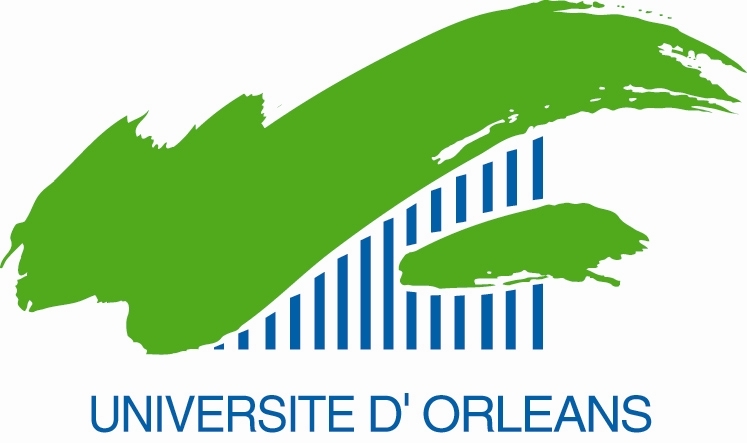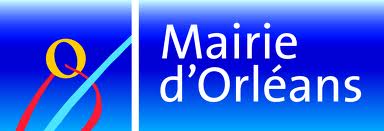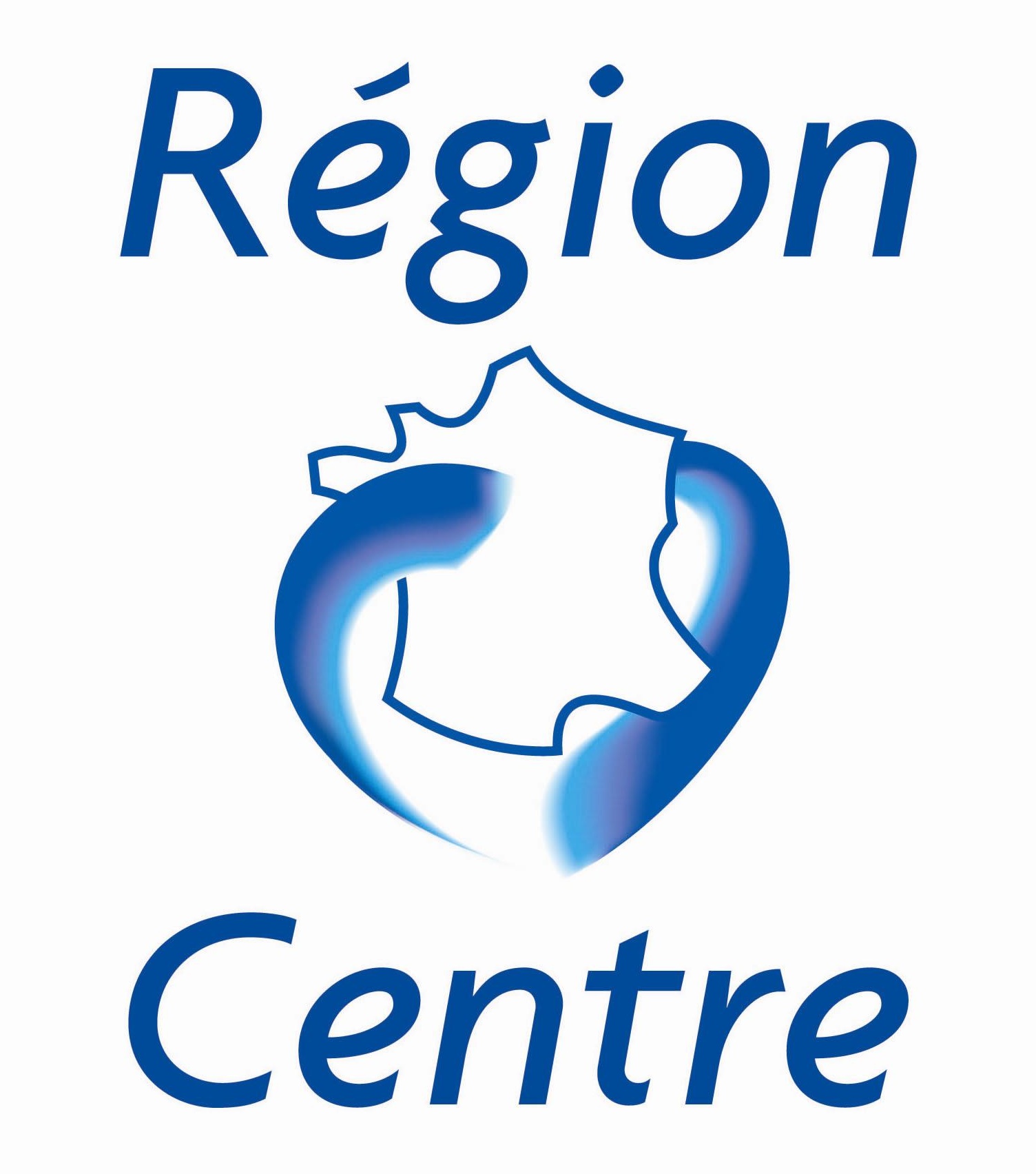Book of abstracts and detailed schedule
The book of abstracts is available for download here:
 PDF file
PDF file
Scope of the meeting
The scope of the RKCM bi-annual conference series is wide and covers all fields related
to the kinetics of physicochemical processes
in condensed and soft matter. These include not only elementary reactions in liquid and colloidal solutions,
but also processes taking place in biological media, polymers and other amorphous solids,
super-critical fluids, etc. All these areas are extremely important in today's research and
development and, what is interesting, often share common problems and basic
concepts with the studies carried out
in simple liquid environments.
The main objective of RKCM is to build a forum where the very alive fields related to chemical
reactions kinetics can be discussed. At the same time, our intention is to build two bridges.
First, there is a need to connect theory and experiment in this broad field; in the current literature
it is often encountered that experimental works do not make use of the theories potentially
able to explain them, and vice versa, that theory seems sometimes not concerned about experimental
problems not so far treated by it. Sometimes the reason is simply that theory and applications
are disseminated in relatively non-overlapping areas of interest, possibly including specific
journals that are idiosynchratic to either discipline.
This leads to a situation where resources are not utilized up to their full potential
and as a result fundamental discoveries are missed. A case in the point is cell biology.
Novel experimental techniques have enabled rather detailed study of chemical reactions in living cells,
which are very complex, structured and confining environments.
However, on the modelling side, the experiments are often described assuming perfect mixing of reactants.
Such assumption is valid in many cases. However, it is likely that such a situation in the field
will likely prevent discovery of fundamental biological principles that govern cell organization,
geometric features, and ultimately its function.
The second bridge is meant to connect our expertise and knowledge base towards the
areas or problems that we are not aware of and that need our attention.
Certainly, the cell biology case discussed above is an obvious example. Another case of
technological interest is related to the development of new photovoltaic
devices: many of the physical processes in amorphous solids bear a clear resemblance
to those already studied theoretically and experimentally in liquid and solid solution.
Despite that, most of the models utilized in the field have been long ago shown to be
inappropriate because they do not couple conveniently charge separation and recombination.
Further examples can be found in the ultrafast study of chemical reactions where interesting
diffusional effects linked to the molecular shapes and their subtle interactions may have
important consequences in the determination of the rates at which the reactions proceed;
or in the study of single molecules subject of bimolecular reactions.
These are few of the many fields for which such a meeting can be beneficial.
Hence the aim is to provide a meeting to those excelling in the areas of chemical kinetics
in condensed and soft matter, understood in the wide sense, from both points of view, in order
to have the opportunity to exchange ideas that will prove mutually enriching.
Furthermore, we also hope to encourage visionary discussions about the future of the field
and try to identify problems where reaction kinetics toolboxes are necessary to find solutions.
Important dates
| 15/06/2014 | Deadline for registration |
| 15/06/2014 | Deadline for abstract submission for contributed talks and posters |
Organisers
- Francesco Piazza, University of Orléans and CBM, Orléans, France
- Sergey Traytak, Semenov Institute of Chemical Physics, RAS, Moscow, Russia®, Orléans
|
Scientific committee
- Francesco Piazza, University of Orléans and CBM, Orléans
- Sergey Traytak, Semenov Institute of Chemical Physics, RAS, Moscow
- Gerald Kneller, University of Orléans and CBM, Orléans
- Gleb Oshanin, Université Pierre et Marie Curie, Paris
- Giuseppe Foffi, Laboratoire de Physique des Solides, Université Paris-Sud
- Duccio Fanelli, Università di Firenze, Italy
- Gonzalo Angulo, Institute of Physical Chemistry, Polish ACademiy of Sciences, Warsaw
|








